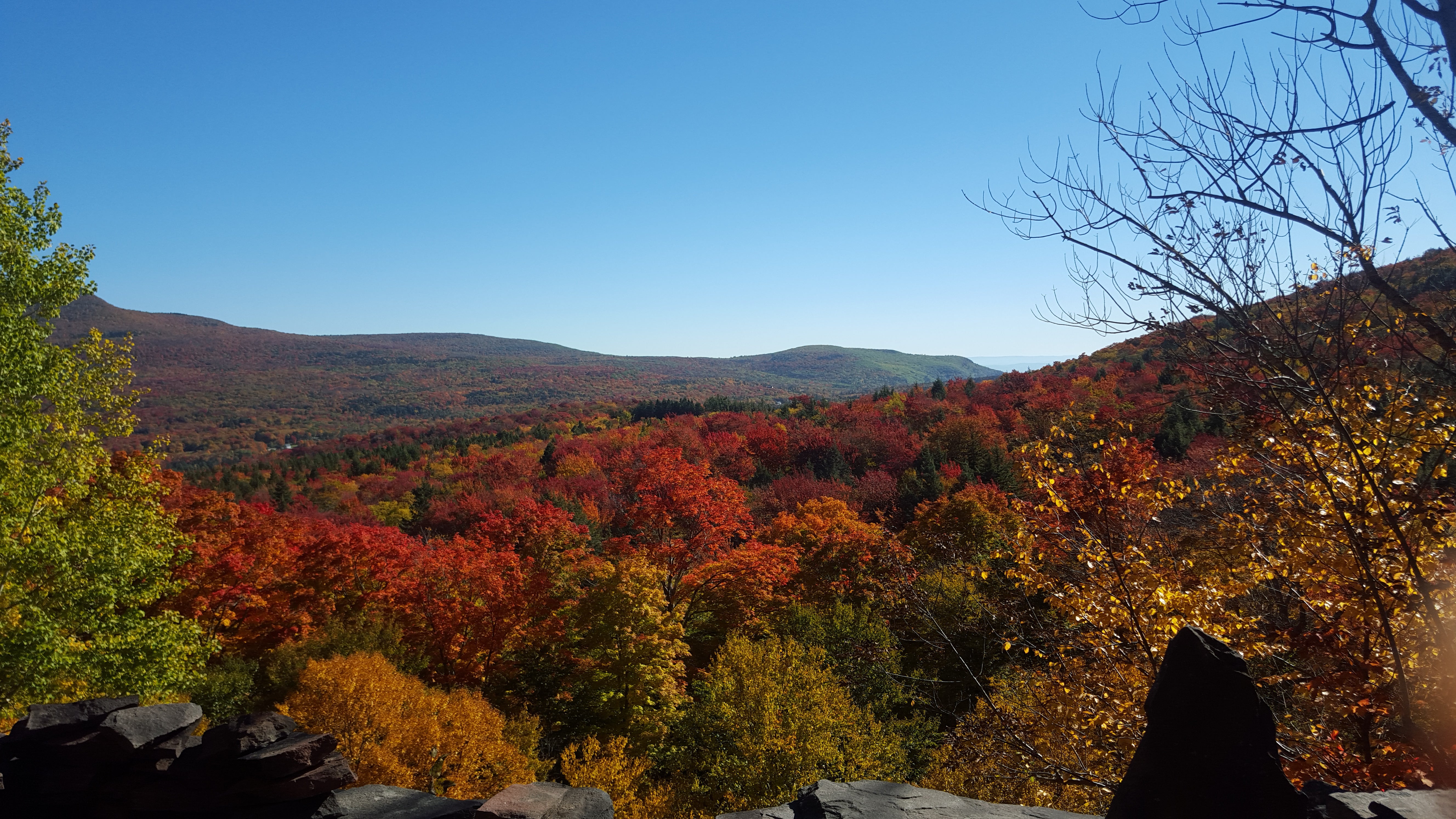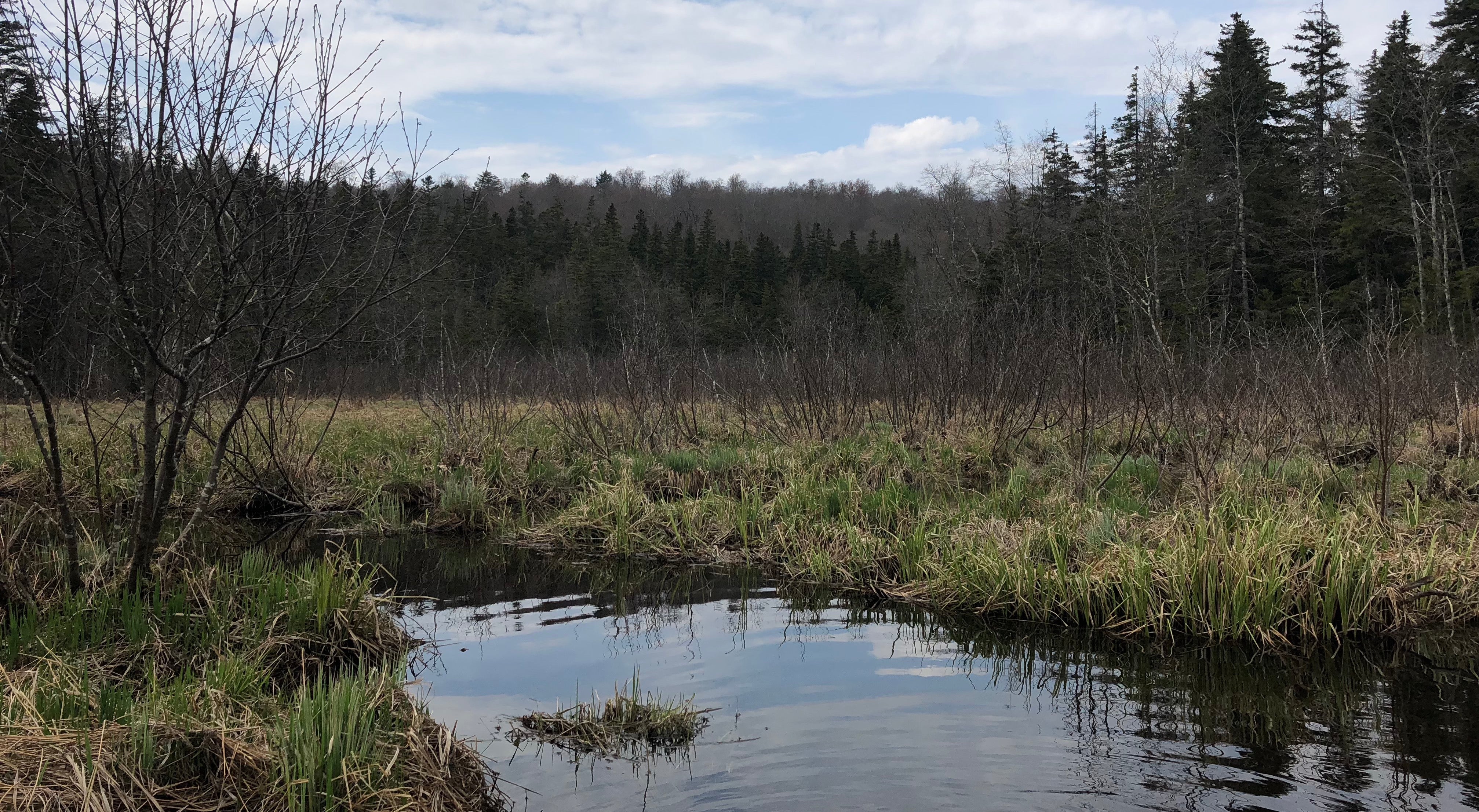How to stop your clothing from destroying the planet

If you love getting your exercise on in the great outdoors, you're probably the type of person who wants to see the beauty of the wilderness remain for generations to come and aspires to make a low impact on the environment. You may also be aware that our clothing is one of the biggest factors in contributing to pollution in our oceans. Microfibers have even been found in lakes and tap water around the world. But the dilemma for most outdoor enthusiasts: these fabrics tend to be the top recommendation for outdoor activity.

Photo by Isabela Kronemberger on Unsplash
The cotton-synthetic fiber paradox
If you ask the experts, synthetics, specifically polyester and nylon, are the way to go while breaking a sweat outside. Natural fibers, such as cotton, have low wicking capabilities and can leave you feeling soggy and cold once you get moving, (you may have head the axiom “cotton kills”) particularly in the winter and early spring when staying dry is essential for avoiding hypothermia. Though we think of cotton as “natural,” it is also one of the most pesticide-intensive crops and these harmful chemicals pollute the soil, water systems and air.
So does that mean synthetics are sustainable? Not really. Most of these manmade fabrics don’t decompose in landfills and use fossil fuels that emit greenhouse gases during production. With so many negative factors to consider, is there an environmentally friendly route when it comes to hiking attire?

Photo by Terri Bleeker on Unsplash
Leave the clothes behind!
Bushwhack in your birthday suit! Navigate in the nude! Climb commando! Bare it all with the bears! ;) In fact, nudity is more forgivable in the outdoors, specifically in New York state. As long as you’re not being lewd or assaulting someone, you can’t really get in trouble for lounging au naturel in your hammock. But, we realize that once the stinging nettles emerge, this might not be practical!
The Solution
The truth is there is no perfect solution, but that’s no reason to be (naked and) afraid when it comes to buying hiking threads. Here are 4 tips to eco-friendly outdoor apparel shopping.

Photo by Kalle Kortelainen on Unsplash
1. Opt for recycled materials. Recycled polyester made from post-consumer PET* fiber is a great option to look for. (*PET or Polyethylene Terephthalate, is a plastic resin used to make products like plastic water and soda bottles.) Not only does recycled polyester have the same positive characteristics as virgin polyester, but it’s a green option in terms of energy saving in production and reducing plastic waste.
2. Shop quality over quantity. It may be a bit pricier up front, but well-made clothing will function properly and actually last for the long haul. Many outdoor companies (i.e. Osprey, Black Diamond apparel, Patagonia, Jansport) even have lifetime guarantees, and offer repairs, replacements, and/or refunds to their products—meaning you can buy less, saving $$ in the long run and ensuring your purchase will stay out of a landfill longer!

Photo by Becca McHaffie on Unsplash
3. Head to the thrift shop and pop some tags! Any article of clothing that you buy secondhand is 100% recycled, and therefore has 100% less environmental impact than buying it new. Also, as mentioned above, a lot of outdoor companies make quality products that are durable and last—and many can be found at your local thrift store. Brands aside, keep a look out for polyester, poly-blends, and merino wool for base layers, and nylon for outer layers. You’ll not only be saving the earth, but some serious cash in the process.
4. Choose brands that strive to make the world a better place. Shop at businesses that reward their customers for donating old clothing and shoes such as The North Face and Columbia sportswear. Or spend your money at companies like REI and Patagonia, who give back to the community and are dedicated to combating environmental issues. Do your research and find brands where you love not only their clothing, but what they stand for.

Photo by Pete Bellis on Unsplash
What about in everyday life?
Sustainable clothing is still a concern even when you're not on the trail. Here are a few brands for everyday life that we recommend:
By Rachel Talbert
Cover image by Photo by Annie Spratt on Unsplash



